Living Alongside The Wallace Line .
For the last few years, I have found myself in the relatively privileged position of having the opportunity to spend extended periods on the exotic island of Bali.
Bali is one of the smaller islands that make up, the greater Indonesian archipelago attracting approximately 6.3 million Indonesian and 3.8 million 'foreign' devils each year to soak up the sun, the culture and everything else this wonderland island offers. This rant will not dwell too much on Bali but rather concentrate on one of the most unusual phenomena on the planet, which occurs just 12 miles offshore between Bali, Nusa Penida and Lombok.
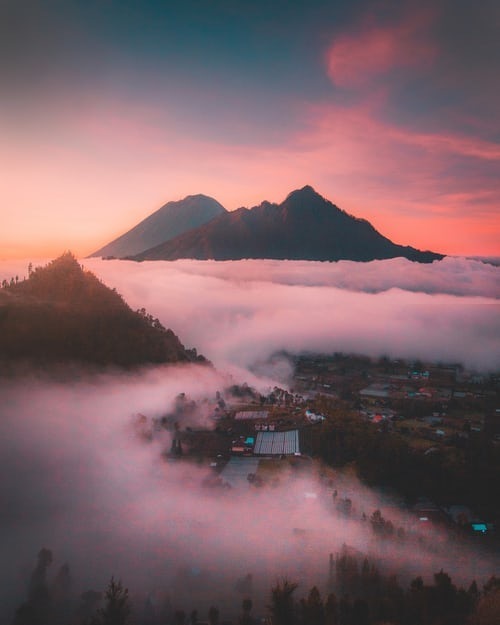
On a cold night in 1857, within the hallowed halls of Burlington House in London's Piccadilly, a little known 28-year-old explorer delivered a paper to the Linnaean Society, the highly respected biological society headquartered within those hallowed halls.
His name was Phillip Lutley Sclater.

What he presented that winters night was a startling discovery that would, in years to come to spur Darwin into further research and expand his theory of evolution which ultimately inspired his groundbreaking tome, "The Origin Of the Species."
Sclater's in-depth paper laid out in sufficient detail his observations and findings in the area known then as the East Indies. He found a rigid geographical fissure deep within the waters surrounding some of the archipelago islands during his travels. We now know this fissure to be the 2,900 meters deep Java Trench. For Sclater, this was his 'eureka' moment as it led him to meticulously trace a 'line' along a 2000 mile volcanic chain, stretching from Sumatra in the west to the Trobriand Islands in the east.
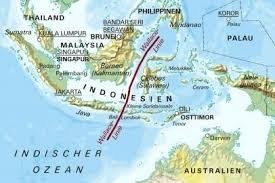
This invisible line is one we refer to today as "The Ring Of Fire," an unstable series of tectonic plates that encircles the globe. However, what captured Sclater's attention was what was happening on either side of this volcanic faultline. The more he investigated, the more he was convinced that he had discovered the first clue in understanding evolution theory.
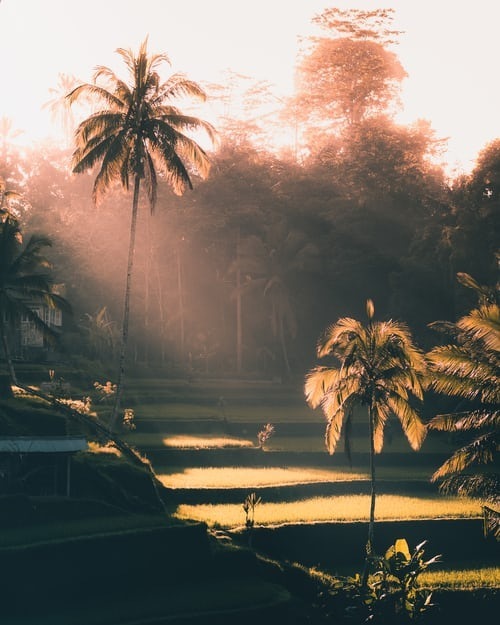
The thick jungles west of the invisible line supported birds that were akin to those found in India. At the same time, those to the east were alive with avian fauna only to be found in Papua New Guinea, Sulawesi and the multitude of islands of the Indonesian archipelago. His travels took him further afield to the Torres Strait Islands and northern Australia, where he began to document extraordinary changes in both the fauna and flora.

He did several crossings of the Bali Strait, a turbulent body of water that lies between the closest islands and each time; he noted that flora and fauna on both islands were entirely different! Cockatoos, parrots, and thrushes are in abundance on Lombok and Penida, yet there were none on Bali across this narrow stretch of water!
Bali, he found, was home to woodpeckers, barbets, paradise flycatchers, paradise shrikes and scores of other birdlife which thrived in the lush environment. Yet, none of these birds seemed to cross the invisible line and take the short flight to the string of islands on the other side'.

On the night of Sclater's presentation, Alfred Russell Wallace, an intrepid explorer in his own right, was captivated by what he was hearing. Within weeks, he set out for the island of Java and began to make his observations. Within a year, he was able to concur with his predecessor and so began years of exploration, all the while expanding on Sclater's findings.

During his travels through, what is today mostly Indonesia, Wallace came across thousands of thought-provoking creatures. The flying frog demonstrated how its toes, already adapted for swimming and climbing, could be used to soar through the air. There were orangutans, which perhaps had their own ancestors, like chimpanzees and gorillas; Unused to the tropics, Wallace fell prey to the diseases that lurk there, malaria, dengue fever and septicemia.
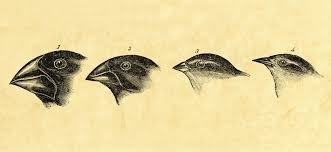
While desperately ill with a bout of malaria, he wrote," It occurred to me to ask the question, why do some die and some live?" he later wrote. "And the answer was clearly, that on the whole, the best fitted live." Natural selection was, Wallace, realised in a flash, the mechanism by which species evolved and came to be.
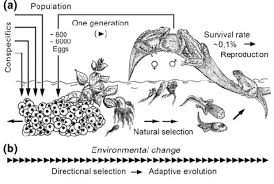
Wallace waited anxiously for his fever to pass and quickly noted down the outline of a paper. Over the next couple of evenings, he worked his theory up and sent it to Charles Darwin. The latter had been working on his theory of evolution by natural selection for almost 20 years and had nearly finished a massive, three-volume epic on the subject. Nonetheless, he did the right thing and presented both ideas of natural selection a fortnight later.

For the next four years, Wallace travelled widely across the Aripelego until in late 1859laying down a landmark in biogeography tracing a line that delineates Southeast Asian and Australian boundaries fauna: The Wallace Line. In 1862, he returned to England, having collected no fewer than 125,660 natural history specimens, including more than 83,000 beetles. In 1868, he published an endlessly readable memoir of his travels The Malay Archipelago.
He would live till the age of 90, writing to support causes as diverse as women's rights and spiritualism, and never failing to extend his colleague Darwin the respect he deserved.
However, please spare a thought for Mr Sclater, as technically, he was consigned to virtual obscurity while the most significant geographical discovery of all time will forever be known as;
The Wallace Line.
The 'line' begins south of Mindanao's island in the Philippines and snakes in a seemingly haphazard fashion to the north of the oddly shaped Indonesian island of Sulawesi and beyond. But nowhere is it closer to two landmasses than those of Bali and Lombok.
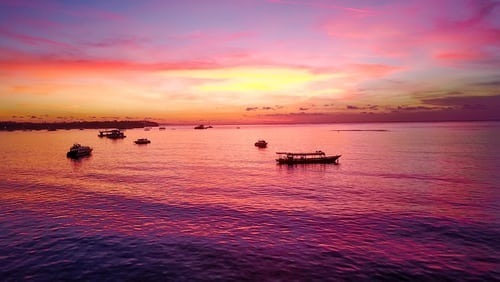
What caused this extraordinary phenomenon, the most uncertain of sciences, was the shifting of tectonic plates theorised first by Sclater and later attributed to Darwin. Who wrote, "The powerful and constant movement of the seabed has a direct correlation to the theory of the survival of the fittest," which is the building block for the advent of evolution."
Birds, mammals and fauna developed in vastly different ways on each side of this geographical fault line. To the east are found unusual creatures such as kangaroos and the oddly 'constructed' duck-billed platypuses. Simultaneously, in the west, tigers, elephants, buffaloes, and vast numbers of other species flourished.
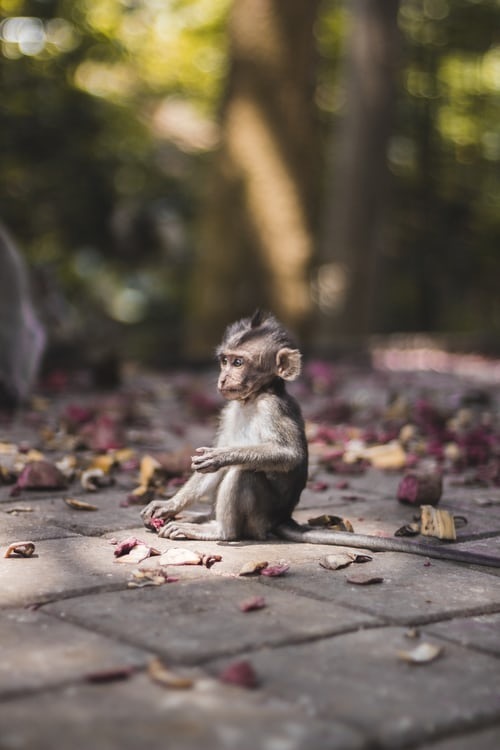
This would not be so unusual if the line separating the Americas and Europe, which as we know are divided by a vast body of water measuring several thousand miles. But, fifteen miles? It's almost too much to comprehend.

Tourists who venture from Bali to Lombok or the small island of Nusa Lembongan often do not realise that they will glide across the Java Trench, one of the deepest channels on their short boat trip of water on earth, which is at the heart of the Wallace Line. More often than not, they ignore or be ignorant of this invisible barrier, intent as they are to get to the beaches of Gili and Lombok and yet, the body of water beneath their feet has played a crucial role in their evolution.
The world is truly an amazing place. Bali, Indonesia. 21 /02 /202
Paul v Walters is the best selling author of several novels and anthologies of short stories. When he is not cocooned in sloth and procrastination in his house in Bali he occasionally rises to scribble for a number of international travel and vox pop journals.
di beBee Writers dan di 1 grup lagi
Artikel dari Paul Walters
Lihat blog
I've been agonising lately about which photograph of myself to use on the dust jacket of my latest n ...

This very morning I received an email from my publisher, who kindly sends me quarterly updates regar ...
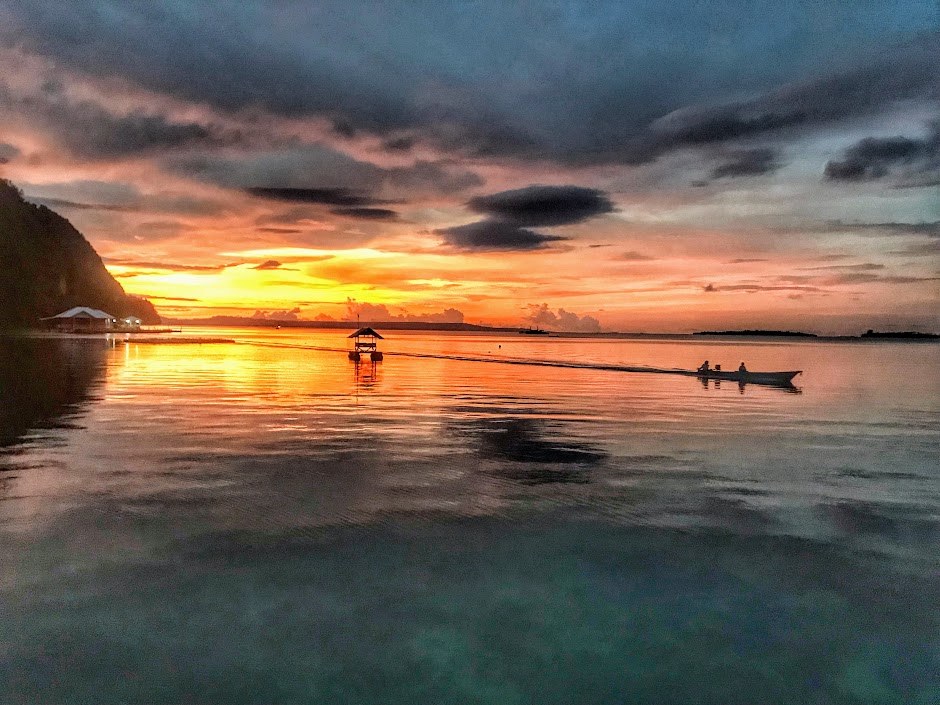
Another day, another COVID PCR test. · I have looped back from the island of Buru on the overnight f ...
Profesional terkait
Anda mungkin tertarik dengan pekerjaan ini
-

R&D Assistant Manager
Ditemukan di: beBee S2 ID - 1 minggu yang lalu
RGF HR Agent Recruitment indonesia - karawang/cikampek/purwakarta, Indonesia Permanent- Responsible for product development- Develop new products & make samples including recipes- Responsible for the process of selecting vendors for raw materials and packaging according to Company's requirements- Conducting a trial in the R&D laboratory and production, make the pr ...
-

QA/QC Supervisor
Ditemukan di: beBee S2 ID - 1 minggu yang lalu
RGF HR Agent Recruitment indonesia - bekasi/cikarang, Indonesia Permanent- Monitor, analyze, research, and test the development of all products - Monitoring the manufacturing process- Verify product quality- Ensure the product meets company standards- Documenting inspections and tests on products- Other task as assigned Memantau, menganalisis, menelit ...
-

Mandarin Interpreter
Ditemukan di: beBee S2 ID - 1 minggu yang lalu
RGF HR Agent Recruitment indonesia - others, Indonesia PermanentJob Responsibilities- Interpret daily operations between expatriate and local members- Translate document within the department- Support administrative tasks- Other responsibilities as needed Tanggung Jawab Pekerjaan- Menerjemahkan kegiatan operasional harian antara anggota ekspa ...

Komentar
Lada 🏡 Prkic
3 tahun yang lalu #7
Pascal Derrien
3 tahun yang lalu #6
Ken Boddie
3 tahun yang lalu #5
Jerry Fletcher
3 tahun yang lalu #4
Robert Cormack
3 tahun yang lalu #3
Paul Walters
3 tahun yang lalu #2
Paul Walters
3 tahun yang lalu #1